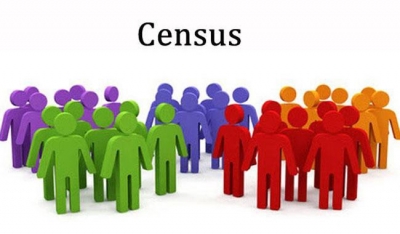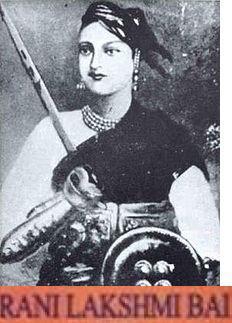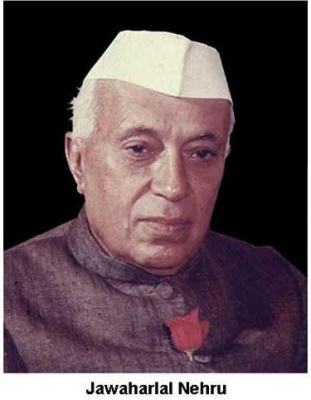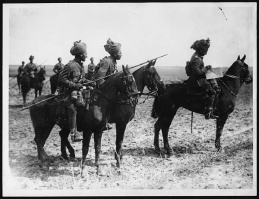Why is the Census taken?
 Census operation is now common in almost all the countries of the world. Nothing can be definitely said as to how and when it was started. But it seems that man realized the importance of census when he started living in larger groups. It is said that the population of the world was 85 million in the year 4000 B.C. It is evident from this fact that the system of census was very much developed at that time also. Why is the census taken? The reasons for this have been different at different times. In ancient times, the king used to have census with a view to assess the number of people fit for fighting in wars. Another purpose for having census was collection of revenue. Previously, there were probably these two main reasons for conducting census, but now it has acquired greater importance.
Census operation is now common in almost all the countries of the world. Nothing can be definitely said as to how and when it was started. But it seems that man realized the importance of census when he started living in larger groups. It is said that the population of the world was 85 million in the year 4000 B.C. It is evident from this fact that the system of census was very much developed at that time also. Why is the census taken? The reasons for this have been different at different times. In ancient times, the king used to have census with a view to assess the number of people fit for fighting in wars. Another purpose for having census was collection of revenue. Previously, there were probably these two main reasons for conducting census, but now it has acquired greater importance.Census helps in presenting a clear picture of different aspects of population. This helps government in the preparation and execution of plans relating to education, health, employment etc. Census tells whether the population is increasing or decreasing. The knowledge of rate of birth helps in the formation of plans to cater to the needs of people in future. It also gives the ratio of urban to rural population and is helpful in holding elections because on the basis of population only, the number of voters is fixed in a constituency or polling station. Besides, census helps in improving the law and order, economic, social and other conditions too.
The first census in our country was conducted in 1872. Since then it has been repeated every ten years. The latest census was done in the year 1992.



 Bhagat Singh was a national hero who gave a new wave to the revolutionary movement in India. To spread the message of revolution in Punjab, Bhagat formed a union of revolutionaries by the name ‘Naujawan Bharat Sabha'.
Bhagat Singh was a national hero who gave a new wave to the revolutionary movement in India. To spread the message of revolution in Punjab, Bhagat formed a union of revolutionaries by the name ‘Naujawan Bharat Sabha'. Vinayak Damodar Savarkar popularly has known as Veer Savarkar, occupies a prominent place in the history of India's struggle for freedom. He was passionate about winning freedom from British rule, and boycotting foreign goods.
Vinayak Damodar Savarkar popularly has known as Veer Savarkar, occupies a prominent place in the history of India's struggle for freedom. He was passionate about winning freedom from British rule, and boycotting foreign goods.




 India played a significant role in World War I. When the war broke out in 1914, there was growing political unrest in India against the British rule.
India played a significant role in World War I. When the war broke out in 1914, there was growing political unrest in India against the British rule.




 The Montagu-Chelmsford Reforms were the measures taken by the British Government in 1918 to introduce self-governing institutions gradually to India.
The Montagu-Chelmsford Reforms were the measures taken by the British Government in 1918 to introduce self-governing institutions gradually to India. In 1917, a committee was set up under Sir Sydney Rowlatt to look into the militant activities of the Indian freedom fighters.
In 1917, a committee was set up under Sir Sydney Rowlatt to look into the militant activities of the Indian freedom fighters.
 After the Non-cooperation Movement was withdrawn, there was some confusion in the Congress as to what the next course of action should be.
After the Non-cooperation Movement was withdrawn, there was some confusion in the Congress as to what the next course of action should be.


 Gandhiji's Dandi March encouraged millions of Indians to defy the British by breaking the unfair salt laws of the British. Indians started making or buying salt illegally.
Gandhiji's Dandi March encouraged millions of Indians to defy the British by breaking the unfair salt laws of the British. Indians started making or buying salt illegally.
 The Salt March, which took place from March to April 1930, was an act of civil disobedience led by Gandhiji. His actions sent shockwaves across the nation.
The Salt March, which took place from March to April 1930, was an act of civil disobedience led by Gandhiji. His actions sent shockwaves across the nation.